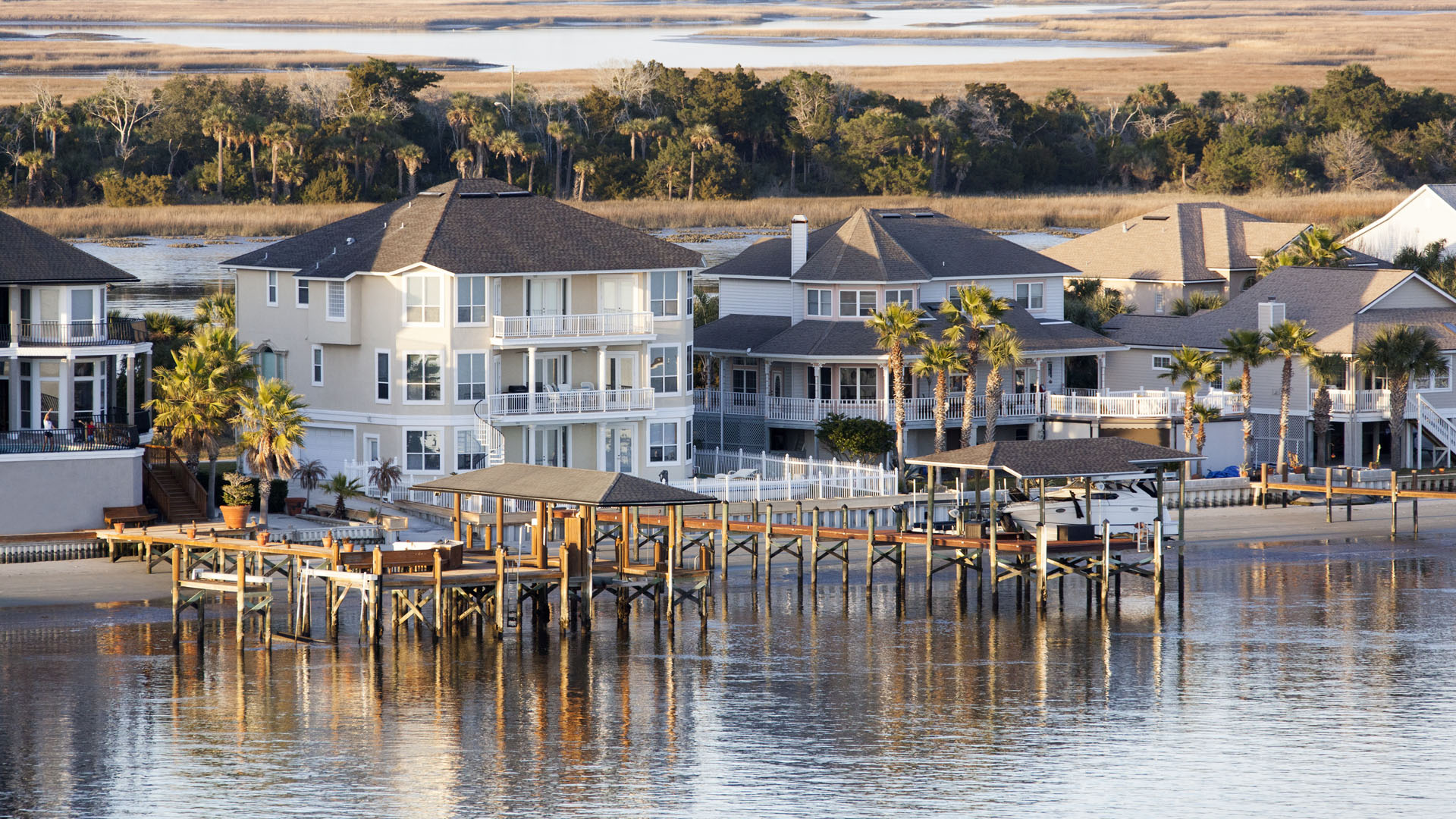Key Highlights
- From 2013 forward, sales volume affected by sea level rise exposure, according to new study from University of Pennsylvania’s Wharton School of Business
- From 2018 forward, prices began to fall in more-exposed home tracts
- Difference in sales price between 5% – 10% in 2020
Flood risk became real to homeowners in 2012 when Hurricane Sandy pounded Florida homes in census tracks that were most exposed to sea level rise. In 2014, the Intergovernmental Panel on Climate Change updated its worst-case projections on the risks and consequences of rising sea level risks and the media woke up. Online searches for “sea-level rise” in Florida began to increase.
By 2013, housing professionals as well as scientists and researchers Benjamin Keys and Philip Mulder with the University of Pennsylvania’s Wharton School of Business took notice of real estate happenings in Florida’s coast areas with more and less sea level risk exposure. Turns out that sales volume for homes located in higher sea level risk areas began to fall as the volume of sales in the state’s lower-risk tracts rose.
Interestingly enough, Keys and Mulder found that home prices in both higher-risk and lower-risk tracts stayed pretty much the same until 2018. Home prices then began diverging. Homes in lower-risk tracts became more valuable price-wise and today the price difference comes in at approximately 5% – 10%.
How do Keys and Mulder account for this price differentiation? A tract labeled as “more exposed” to sea level rise has +70% chance of its developed land that could be chronically deluged at 6 feet of sea level rise while a tract labeled as “less exposed” has a 10% or less chance of chronic flooding at 6 feet of sea level rise.
“At some later date, in the absence of substantial mitigation and infrastructure efforts, many Florida properties will be underwater,” write Keys and Mulder in their latest report. “Until then, homeowners and lenders face greater risk of extreme weather events, storm surges, and nuisance flooding. Our results suggest that fewer buyers are willing to bear these risks at current market prices, leading to a sharp fall in transaction volumes.”
Other recent studies including one done by the Union of Concerned Scientists have found that by 2045 (near the end of a 30-year mortgage issued now), nearly 311,000 of today’s residential properties that are home to .5M people will be at risk of chronic flooding. States along with Florida at most risk of such chronic flooding also include New Jersey and New York.
The research report done by the Union of Concerned Scientists also looked at the financial implications for both homeowners and lenders in regards to homes more exposed to sea level rise. “Not only are the mortgage loans on these homes at growing risk of default if the value of the properties drops, but each successful sale of one of these homes represents the potential transfer of a major latent financial liability. Eventually, the final unlucky homeowners will hold deeds to significantly devalued properties.”
Thanks to the University of Pennsylvania’s Wharton School of Business and National Public Radio.































